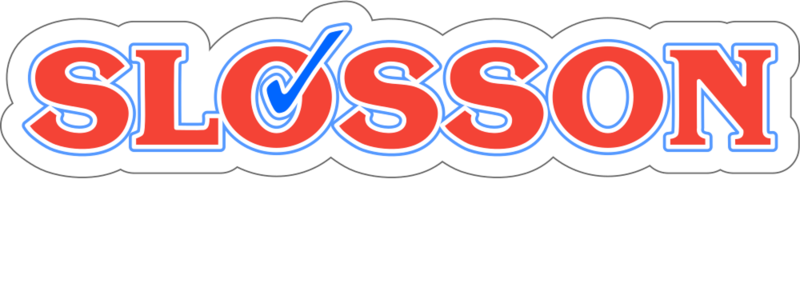(ABAS) Adaptive Behavior Assessment System 3rd Edition
The ABAS-3 includes five rating forms, each for a specific age range and rater:
Parent/Primary Caregiver Form (Ages 0–5)
Teacher/Daycare Provider Form (Ages 2–5)
Parent Form (Ages 5–21)
Teacher Form (Ages 5–21)
Adult Form (Ages 16–89)
The ABAS-3 combines all-new norms with updated item content to create the leading adaptive skills assessment. Retaining all features that made the second edition the preferred instrument for evaluating adaptive behavior, the ABAS-3 is even easier to administer and score. Comprehensive, convenient, and cost-effective, this behavior rating scale measures daily living skills—what people actually do, or can do, without assistance from others. It is particularly useful for evaluating those with developmental delays, autism spectrum disorder, intellectual disability, learning disabilities, neuropsychological disorders, and sensory or physical impairments.
Multiple Raters, Different Perspectives
The ABAS-3 covers three broad adaptive domains: Conceptual, Social, and Practical. Within these domains, it assesses 11 adaptive skill areas (each form assesses 9 or 10 skill areas based on age range). Items focus on practical, everyday activities required to function, meet environmental demands, care for oneself, and interact with others effectively and independently. On a four-point response scale, raters indicate whether the individual can perform each activity, and if so, how frequently they perform it when needed.
The ABAS-3 is aligned with the AAIDD, DSM-5, and IDEA specifications, and works well within an RTI context. It generates norm-referenced scaled scores and test-age equivalents for the 11 skill areas. It also provides standard scores, confidence intervals, and percentile ranks for the three broad adaptive domains and the summary score—the General Adaptive Composite. In addition, all scores can be categorized descriptively (Extremely Low, Low, Below Average, Average, Above Average, High
by Patti L. Harrison, PhD, Thomas Oakland, PhD




